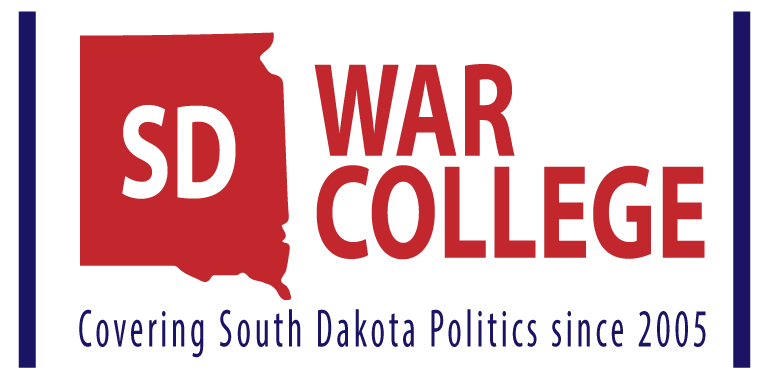US Senator Mike Rounds’ Weekly Column: A Long-Term Highway Bill for South Dakota

 A Long-Term Highway Bill for South Dakota
A Long-Term Highway Bill for South Dakota
By Senator Mike Rounds
A healthy economy is dependent on a strong and reliable transportation system. In South Dakota, we rely on the Interstate System and the National Highway System to travel across the state to do business and visit friends and family in other towns. We, and others, also use these roads to transport roughly $20 billion in goods each year. All of this wear and tear on our highway system means our roads and bridges must be regularly repaired and updated. But this routine maintenance has become increasingly difficult in recent years due to Washington gridlock that has prevented a long-term highway bill from being reauthorized. Fortunately, the era of short-term highway funding extensions is over.
The Republican-led Senate and House recently passed a much-needed, long-term transportation bill to fund America’s highway and transit program for the next five years. The bill, called the Fixing America’s Surface Transportation (FAST) Act, allocates $1.6 billion for South Dakota transportation projects over the next five years. It passed the House and Senate with strong bipartisan support and was signed into law on December 4, 2015.
This is the first time in more than a decade that any kind of long-term highway bill has been enacted. For the past 10 years, highway funding had been authorized by 36 temporary, short-term patches. This has made it much more difficult for contractors, states and local governments to plan for the future. Finally, under the FAST Act, they will now have the certainty they need to efficiently execute both major transportation projects and conduct necessary routine maintenance. This will allow them to implement a long-term, strategic plan to restore, repair and update important infrastructure like roads, tunnels and bridges, which will make travel easier and safer. It will also spur job creation and economic growth across the country, including rural states like South Dakota.
Additionally, the FAST Act increases funding for the existing Tribal Transportation Program that addresses tribal road and bridge needs. Tribes will have increased funding to fix roads in need of repair on tribal land, making them safer and spurring economic development in Indian country.
Our veterans will also benefit from a provision of the FAST Act that will expand opportunities for young vets with a commercial driver’s license (CDL) and help them transition into civilian life after their service. Under the pilot program, veterans 18 and older will now be able to make trips across state lines with their CDL. The age used to be 21, as it is for civilians. This will help these veterans to use their military skills to help them find employment after they return from being deployed.
The FAST Act gives long-term certainty that is needed by states and local governments to plan projects efficiently. For the first time in ten years, we will be able to fix the rusted-out bridges and crumbling roads that Americans drive on every day. We will make them safer and more reliable for families and businesses in South Dakota and across the country.
###


 Home for Christmas
Home for Christmas
 Considering Our Options On Medicaid
Considering Our Options On Medicaid
 South Dakota Joins Further Challenge to EPA Authority Removing State Decision Making
South Dakota Joins Further Challenge to EPA Authority Removing State Decision Making
 Next Stop for Thune’s Bipartisan STB Reforms: President’s Desk
Next Stop for Thune’s Bipartisan STB Reforms: President’s Desk